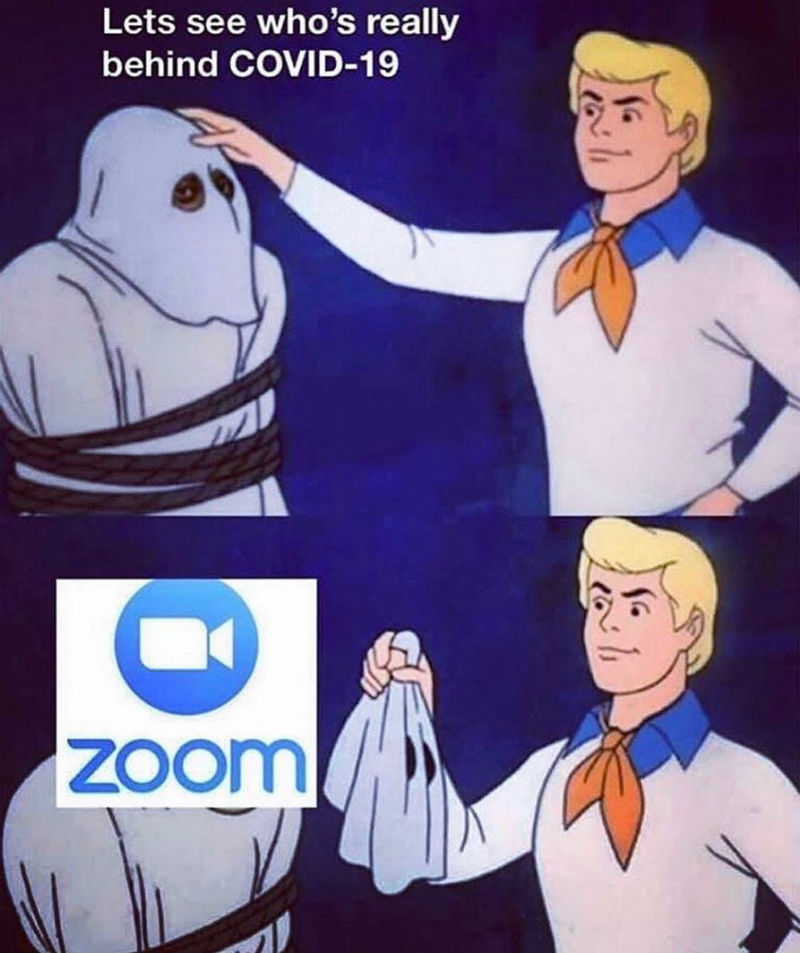In the current state of education which is scrambling to move face-to-face classrooms to an online format, more specifically within higher educator, faculty are now more than ever looking for the best video conferencing software to use. While the knee-jerk reaction may be to adopt Zoom, recent legal issues related to privacy have shown that this particular application may not be the safest for students and educators alike. As recently as April 5th 2020, New York City has banned this product from being used in school because of these security concerns.
So what is a better alternative to the ever-popular Zoom? Cisco’s conferencing platform, WebEx. This software package offers a robust application that is more secure than Zoom. WebEx offers different pricing packages for users depending on needs. WebEx is primarily an enterprise based application so it would more than likely need to be adopted by your institution. For small to medium sized teams/institutions, the cost is $13.50/mo per host, and for larger scale enterprises it goes up to $26.95/mo per host. While this cost is slightly higher than Zoom’s, the increased security safety is well worth the investment. WebEx, aside for being a web and video conferencing software offers a host of other features:
- Webinars
- Conferencing
- Breakout Rooms
- Chat and Brainstorming Tools
- Application/File Sharing
- Multimedia Content Sharing
- Call Sharing
- Screen-sharing & Annotation
- Recording
- Mobile Phone App
In my own practice, as an administrator working in a medical school, we have transitioned our face-to-face case-based learning sessions to WebEx sessions. In the face-to-face classes, students are sent to their own small group rooms to work with their peers on reading and answering questions related to a medical case study related to that week’s content. Several faculty members walk through the rooms to check-in on students to ensure they understand the case and that productive conversation is occurring. Now that students are no longer allowed on campus, an alternative had to be found. Using the WebEx Training feature, the faculty can schedule a session, create a series of breakout rooms and pre-assign students to those rooms. Once students join the WebEx session, they are automatically placed in their groups. Faculty can then give instructions to the class and push students to their specific breakout rooms within WebEx. Faculty then have the ability to move from breakout room to breakout room to observe the students as they work together. Each breakout room allows students to share their screens and work on a shared digital whiteboard, as they would normally use a whiteboard in their face-to-face small group rooms.
This system can also be used for traditional style lectures where all students are located in the same space. WebEx features a chat box where students may respond to each other using text or to send private messages to peers or faculty. The ability to chat is a feature that faculty can turn-off or edit if they believe it could become a distraction. Status emoticons such as a raised hand can be used to signal to faculty that a student is needing assistance similar to a raised hand in a classroom.
If you or faculty you know are considering using WebEx, they have created an entire webpage about how to transition to fully online teaching using their product during this pandemic that can be accessed here: https://www.webex.com/webexremoteedu.html. This website includes virtual lesson plans, guides to prep students, how to facilitate group projects online, and best practices for contacting students at home.
While WebEx may not be as streamlined and as economical as Zoom, when it comes to video conferencing, you get what you pay for and WebEx is the premium choice.

